Tiny Silver Bugs In Soil Of Potted Plants
SunflowerGalTX
9 years ago
Related Stories

GARDENING GUIDESGreat Design Plant: Try Blue Bells for Blooms in Dry Soil
This shrub’s violet-blue flowers and silvery foliage brighten low-water gardens all year long
Full Story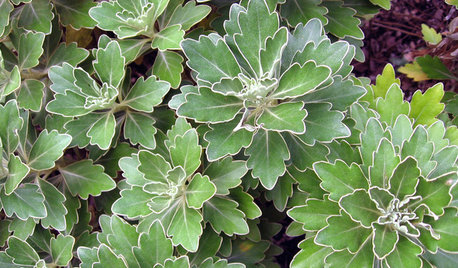
BLUE AND GRAY FOLIAGE6 Stunning Silver-Leaf Plants
Bring luster to your garden with these shining examples of silver plants for both sun and shade
Full Story
GARDENING AND LANDSCAPINGBid Bad Garden Bugs Goodbye and Usher In the Good
Give ants their marching orders and send mosquitoes moseying, while creating a garden that draws pollinators and helpful eaters
Full Story
GARDENING GUIDESHow to Pick a Mulch — and Why Your Soil Wants It
There's more to topdressing than shredded wood. Learn about mulch types, costs and design considerations here
Full Story
GARDENING GUIDESHow to Stop Worrying and Start Loving Clay Soil
Clay has many more benefits than you might imagine
Full Story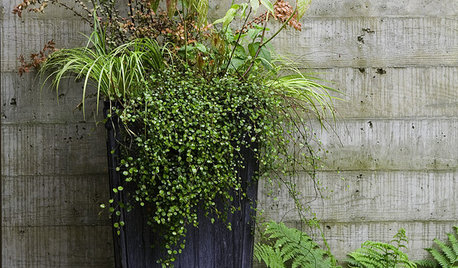
GARDENING GUIDESThe Secret Formula for Grouping Plants in a Pot
Designing a gorgeous container garden is easy once you know this simple rule of thumb for composition
Full Story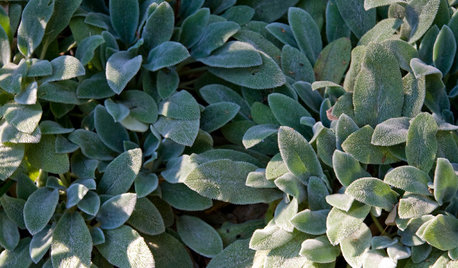
FOLIAGEThe Right Touch: 13 Soft, Fuzzy Plants for Gardens and Pots
Brush a hand on velvety foliage or fluffy plumes for a sensory garden experience beyond sight and smell
Full Story
GARDENING AND LANDSCAPINGPorch Life: Banish the Bugs
Don't let insects be the bane of your sweet tea and swing time. These screening and product ideas will help keep bugs at bay on the porch
Full Story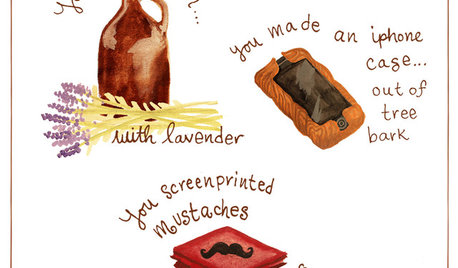
DIY PROJECTS12 Signs You've Caught the DIY Bug
Been making inventive things from scratch? Repurposing salvaged pieces creatively? It may be more serious than you think
Full Story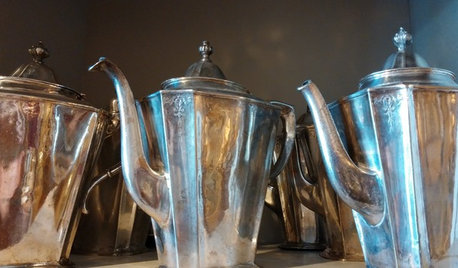
TRADITIONAL STYLEDecorating With Antiques: Silver’s Legacy
Learn how to tell sterling from plate, ways to display pieces and why silver is so darn special to begin with
Full StoryMore Discussions








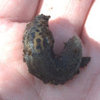
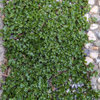
Kimmsr
SunflowerGalTXOriginal Author
Related Professionals
Brentwood Landscape Architects & Landscape Designers · East Rancho Dominguez Landscape Architects & Landscape Designers · Milford Landscape Contractors · Battle Ground Landscape Contractors · Coeur d'Alene Landscape Contractors · Euclid Landscape Contractors · Gloucester Landscape Contractors · Hampton Bays Landscape Contractors · Hicksville Landscape Contractors · Kearny Landscape Contractors · Olympia Landscape Contractors · Pahrump Landscape Contractors · Paso Robles Landscape Contractors · Ronkonkoma Landscape Contractors · Siloam Springs Landscape Contractorsb_blessent8
gardengal48 (PNW Z8/9)